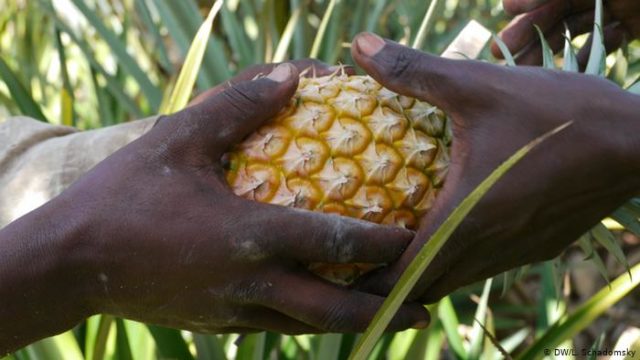Our country has many beautiful things to offer and it is unfortunate that many of them are being affected by negative actions of ill-intentioned people and organizations. Here in The Costa Rica News (TCRN), a series of articles on these reference issues.
This time we want to denounce the following: In recent days, it was confirmed that Pineapple and Marijuana crops have invaded Protected Wild Areas. It is no secret to anyone that in Costa Rica there are some good intentions to conserve lands, fauna, and flora, but that these protected areas are being invaded by illegal crops.
Both pineapple and marijuana crops have appeared in protected areas in recent years says the 2019 Nation Report. “In the case of Pineapple the affectation is important since only in 2017, 3,824 hectares of this crop was planted within Protected Wild Areas in the country; this is an area larger than that of the Cantons of Montes de Oca and Curridabat together. The affectation was found in several areas located in the North, Caribbean, and South Pacific Regions.
Although with less impact, marijuana crops have also entered protected areas. According to the report, between 2007 and 2018, 35 hectares of Cannabis was seized within Protected Wild Areas, mostly within the La Amistad National Park in Talamanca. It is worth mentioning, what the study of the National University announced: that protected areas are of important economic value for Costa Rica, since they generate around 3% of GDP, mainly due to tourist activities.

There is no monitoring and no official control.
Research shows that Costa Rica’s protected areas are very vulnerable to agricultural expansion. The Ministry of Environment and Energy said there is no control or monitoring of the use of agrochemicals in these areas. Minister Carlos Manuel Rodríguez said that applications for registration of agrochemicals have “perverse incentives” and sharp irregularities, which is why it is required that the Legislative Farming Commission to “advance in regulatory improvements” for monitoring fresh watercourses. In his opinion, the State has had “few effective initiatives” to regulate pollution and the effects of pesticides, with pollution levels far exceeding health and environmental standards.
It is important to remember that the Fridays For Future Costa Rica Movement condemned the viability of the pineapple expansion project with resolution No. 3374-2019 granted by the National Technical Secretariat (SETENA), to the Agricultural Corporation of Monte SA-Pindeco. Considering that it will generate damages to the Térraba –Sierpe wetland and nearby communities.
Attention: Learn more about the situation regarding the Térraba –Sierpe wetland, in our next TCRN article.

